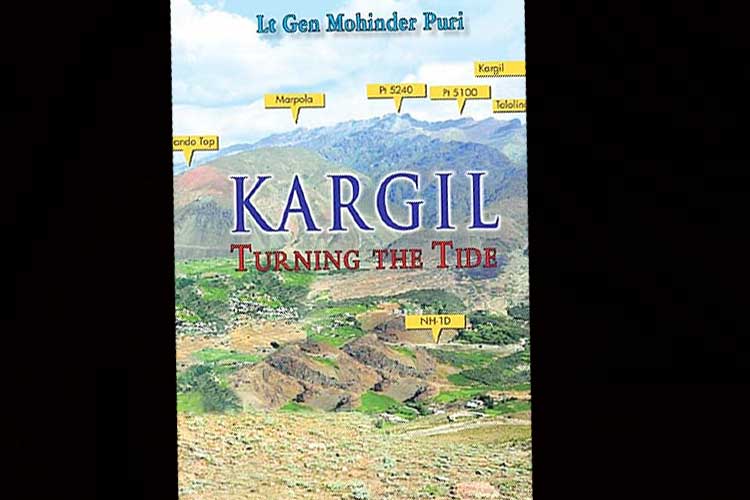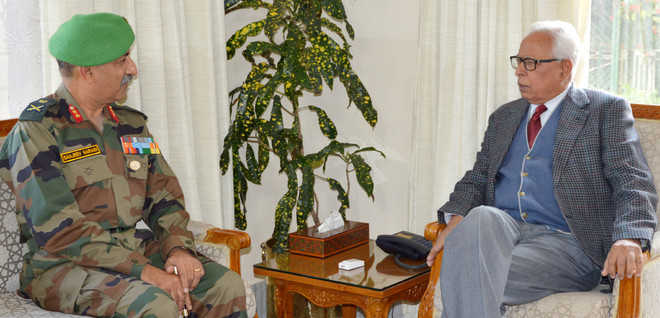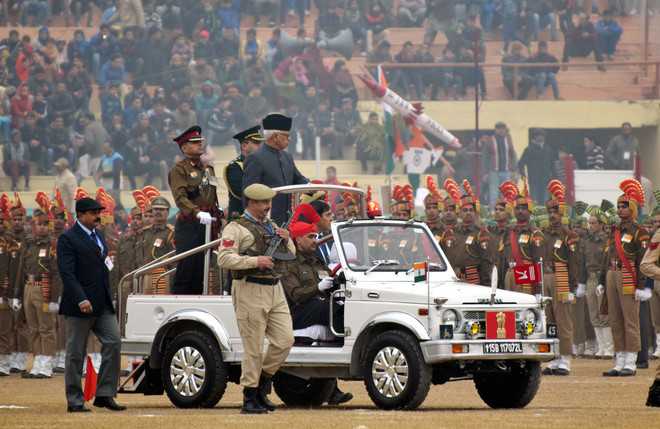STROKE OF LUCK Transmitter carried by 4 terrorists who abducted SP to use his vehicle was left by mistake in his car later; it was to be used to coordinate with team of two (or more) terrorists within airbase
CHANDIGARH: It seems a lost walkie-talkie or a handheld transceiver saved the Pathankot airbase from suffering largescale damage.
The transmitter, carried by the four terrorists who kidnapped the SP to use his vehicle to reach Pathankot, was left by mistake in the SP’s car when they disembarked from the vehicle in the wee hours of January 1. The transmitter was to be used to contact the other team of two (or more) terrorists within the base to launch a coordinated attack. A similar transmitter has been recovered from near the area where the two terrorists were killed.
“The reason that the terrorists did not launch the attack even 24 hours after they arrived is because they could not contact the other team which was already inside the base or was to get in touch with them on arrival on the walkie-talkie,” said a senior Punjab intelligence officer. This day-long wait by the terrorists gave ample time to security agencies to secure the base and call in additional forces to fight the terrorists.
“During their conversation in the SP’s vehicle they kept saying that their mission would be known to all by the morning, which means that they had planned to strike the minute they landed inside the base. But they did not attack till they were engaged by the security forces the next morning. It could well be because they could not get in touch with the other team,” he added.
‘NON-SIGNIFICANT DEVICE’
Interestingly, when SP Salwinder Singh’s car was recovered around 7 am and the walkie-talkie recovered, the military intelligence was informed by Punjab Police during their first meeting with them hours later. The military intelligence men apparently pooh-poohed the recovery saying it was a nonsignificant device which was available off-the-counter for use in marriages and for coordinating events.
The walkie-talkie was taken away to the police station where the vehicle was kept and since it went out of range it did not catch any sound.
“However, had it been kept in range near the boundary wall, it could have caught the sounds of the other team of terrorists trying to get in touch with this team. But it did not occur to anyone to do that. We are all wiser after the event,” said the cop.
What corroborates, to some extent, this possibility is the frantic number of calls made by the Pakistani handlers of the team of four terrorists on Rajesh Verma’s mobile number through the day while the terrorists were inside the air base. Verma, the jeweller friend of the SP was with him when they were kidnapped and was left in the car to die when the terrorists abandoned the SP’s vehicle near the air force base.
The terrorists had used Verma’s number to talk to their handlers in Pakistan during the journey. The phone was in active use till the morning when at around 9.30 am terrorists informed their handlers that they had entered the base. The battery of the phone would have died down after that as all the calls made later could not get through. On interception since the SP’s vehicle was recovered, the phone showed no more activity.
Intelligence agencies noted that the Pakistani handlers continued trying to get in touch with them till the evening on Rajesh’s number, probably trying to coordinate with the two teams.
Army tells traders not to sell uniform to unauthorised people
CHANDIGARH: With army fatigues being used as an effective camouflage to hijack vehicles in two major terrorist incidents in Punjab over five months, the army has issued an appeal to the public to avoid wearing army pattern dresses saying that that ‘it is illegal’.
“Shopkeepers should not sell combat cloth, army uniform or army equipment. All traders and shopkeepers interested in selling these may approach the local military authority and request for shops in units/cantonments approved areas/shops. It is illegal to sell army uniforms to unauthorised people,” the appeal adds. It also counsels relatives of armed forces personnel and ex-servicemen not to use items of uniform as it leads to false alarms of sighting of miscreants.
The police and civil administration have been requested to check and crackdown on defaulters. Private security personnel and other Central forces have also been requested not to wear combat pattern dresses as it is not authorised and leads to false alarms.
The appeal also asks youths to help in curbing unauthorised use of the uniform. “The youth is exhorted to use social media to spread awareness and start a campaign to check misuse of army uniform and equipment as fashion statement,” the appeal goes on to add.
“The army and police keep getting information of suspicious activities of people — having been seen carrying rucksacks and wearing combat pattern dress — associated with the armed forces. In Pathankot, such reports helped in elimination of terrorists. However, in most cases such reports have turned out to be misleading and caused inconvenience to the people at large,” the appeal adds, while also thanking members of the public for going out of their way to cooperate in providing information and keeping vigil at village level.
“We deeply regret the inconvenience caused, but then such operations are inescapable to ensure your safety and security.”
Confusion persists over ultras’ number
NEW DELHI: A week after a deadly terror attack hit Punjab’s Pathankot airbase, confusion persists over the number of militants involved, sources said on Friday.
A senior official said while the National Security Guard (NSG) which led the counter-terror operation maintains it killed six militants, bodies of just four attackers have been recovered.
“The remaining attacker or attackers were badly charred and we are only left with their ashes from the second encounter site. We are getting DNA tests done to ascertain whether they belong to one attacker or two,” said the counter-terror official, requesting anonymity.
Doubts over the number of attackers have lingered since the terror strike began last week.
On January 2, sources in the internal security establishment told HT that “all four” attackers had been killed. But home minister Rajnath Singh tweeted about five terrorists being neutralised. He deleted the post later as the encounter raged on.
The next day, Union home secretary Rajiv Mehrishi and Air Marshal Anil Khosla said two terrorists were holed up at the airbase while four had been killed.
While Punjab police officer Salwinder Singh, who was allegedly abducted and later released by the terrorists, mentioned five gunmen in his first complaint before authorities, a friend and a cook who were with him at the time counted four militants.
Soldiers carrying explosives detained at Ambala station
ELL RLY COPS THE LIGHT EXPLOSIVES ARE MEANT FOR EXERCISE IN BATHINDA CANTT
CHANDIGARH: Two soldiers carrying light explosives were detained at the Ambala railway station on Friday night.
The railway police force personnel were searching passengers’ belongings, following a rumour about a bomb at the station, when they detained the two soldiers.
They were reportedly carrying silicon dynamite, a light explosive, to Bathinda cantonment to be used in an exercise.
Ambala deputy commissioner of police Jashandeep Randhawa said the soldiers had purchased the explosives at the Gandhi market in Ambala and were taking it to Bathinda. Government railway police, Ambala cantonment, station house officer (SHO) inspector Karamveer Singh said the superintendent of police (SP, railways) was questioning the soldiers. He said the two were not carrying any authorisation letter.
The soldiers’ officer, Captain Gurpreet, meanwhile, verified that the soldiers were carrying the explosives for an exercise.






















































































